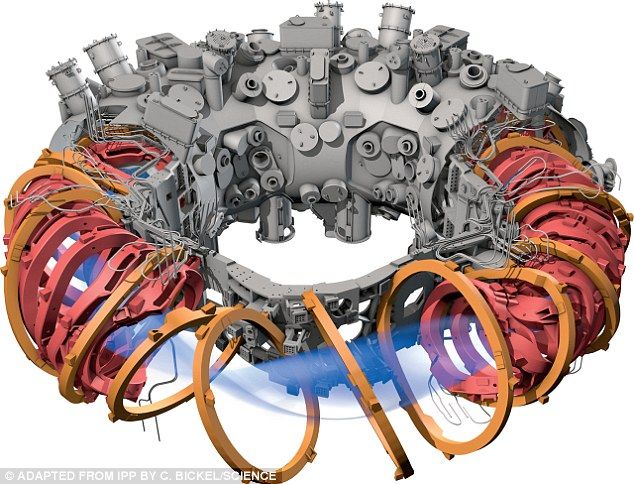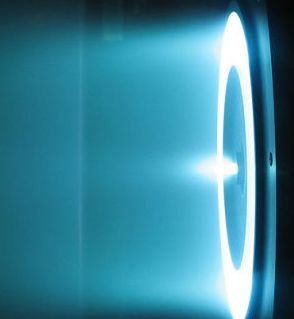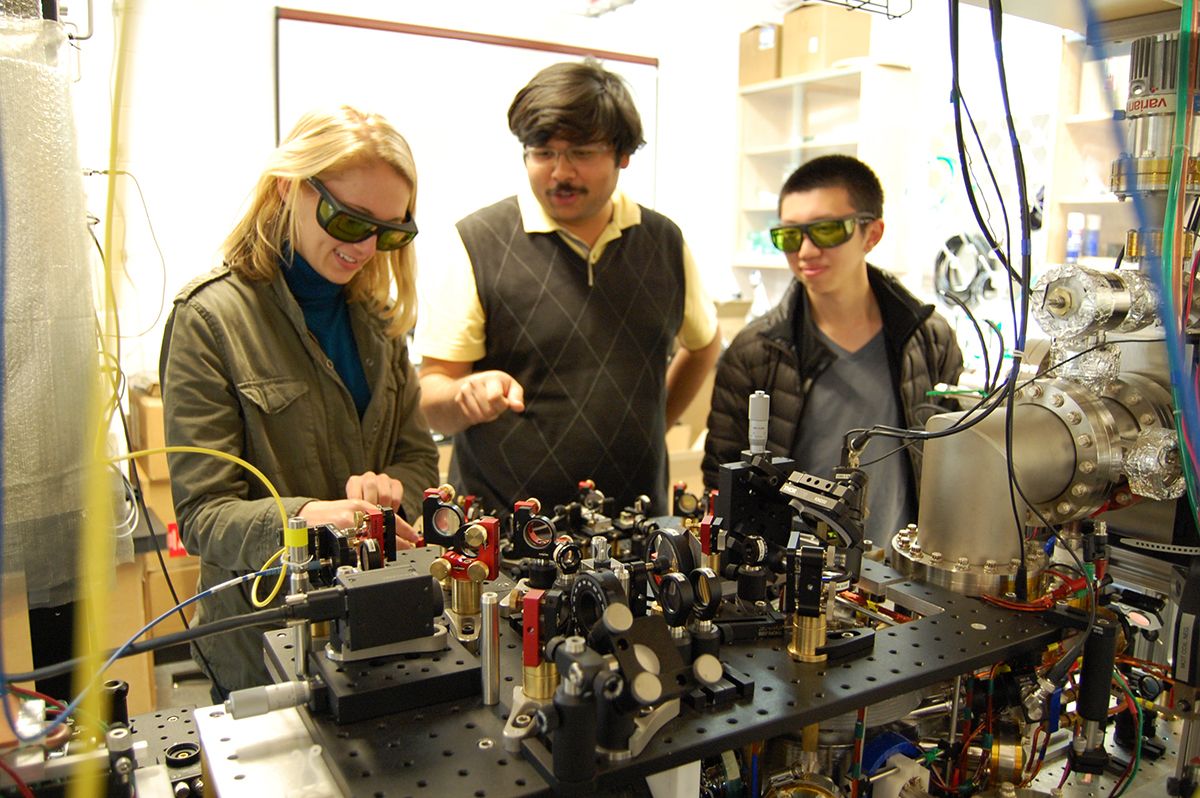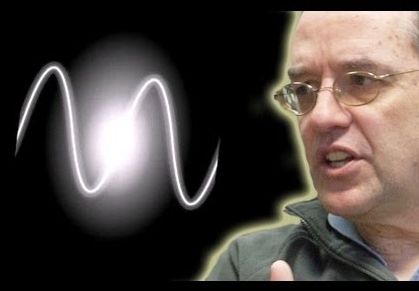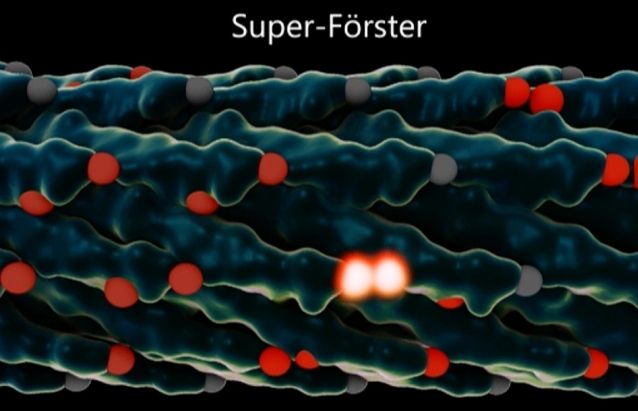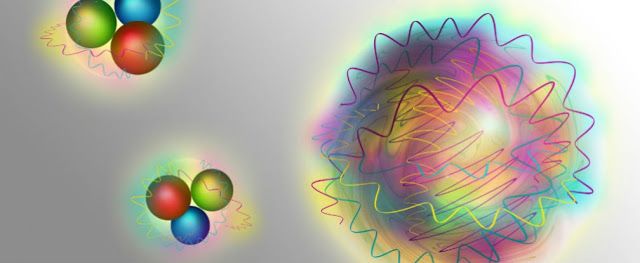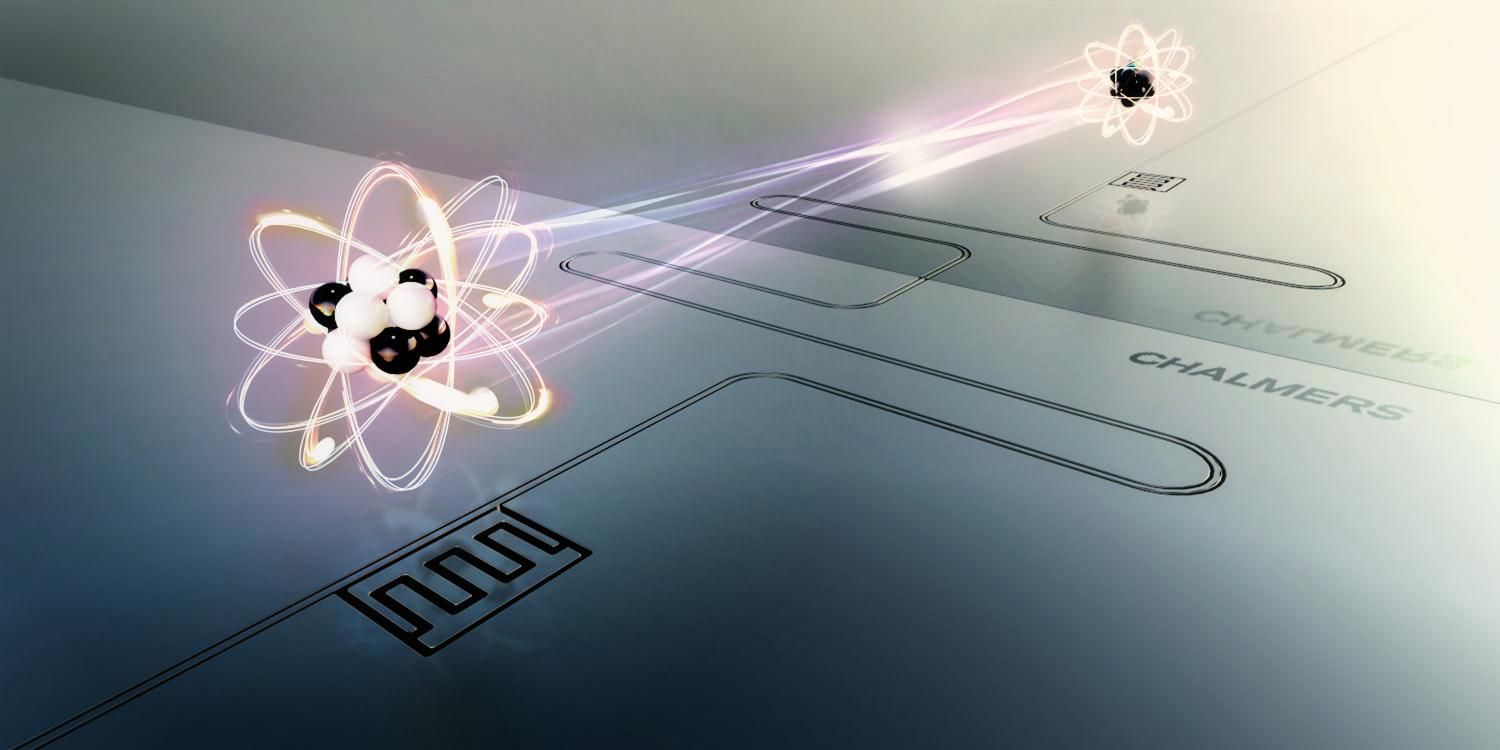Oct 28, 2015
‘Stellarator’ Reactor’s Strange Twisted Design Can Finally Make Fusion Power A Reality
Posted by Shailesh Prasad in categories: nuclear energy, particle physics
Researchers are getting ready to turn on the world’s biggest ‘Stellarator’ fusion reactor. Called Wendelstein 7-X (W7-X), the reactor can uninterruptedly contain super-hot plasma for more than 30 minutes at a time. Scientists claim the rare design, which is contained in a giant lab in Greifswald, Germany, can finally help make fusion power a reality. Comprising super-hot plasma for long durations has been the Holy Grail for nuclear reactor designs, and can help researchers to deliver an inexhaustible source of power. Fusion reactors, for instance the W7-X, work by using two isotopes of hydrogen atoms — deuterium and tritium — and inserting that gas into a restraint vessel. Researcher then add energy that eliminates the electrons from their host atoms, creating what is described as an ion plasma, which discharges enormous amounts of energy.
